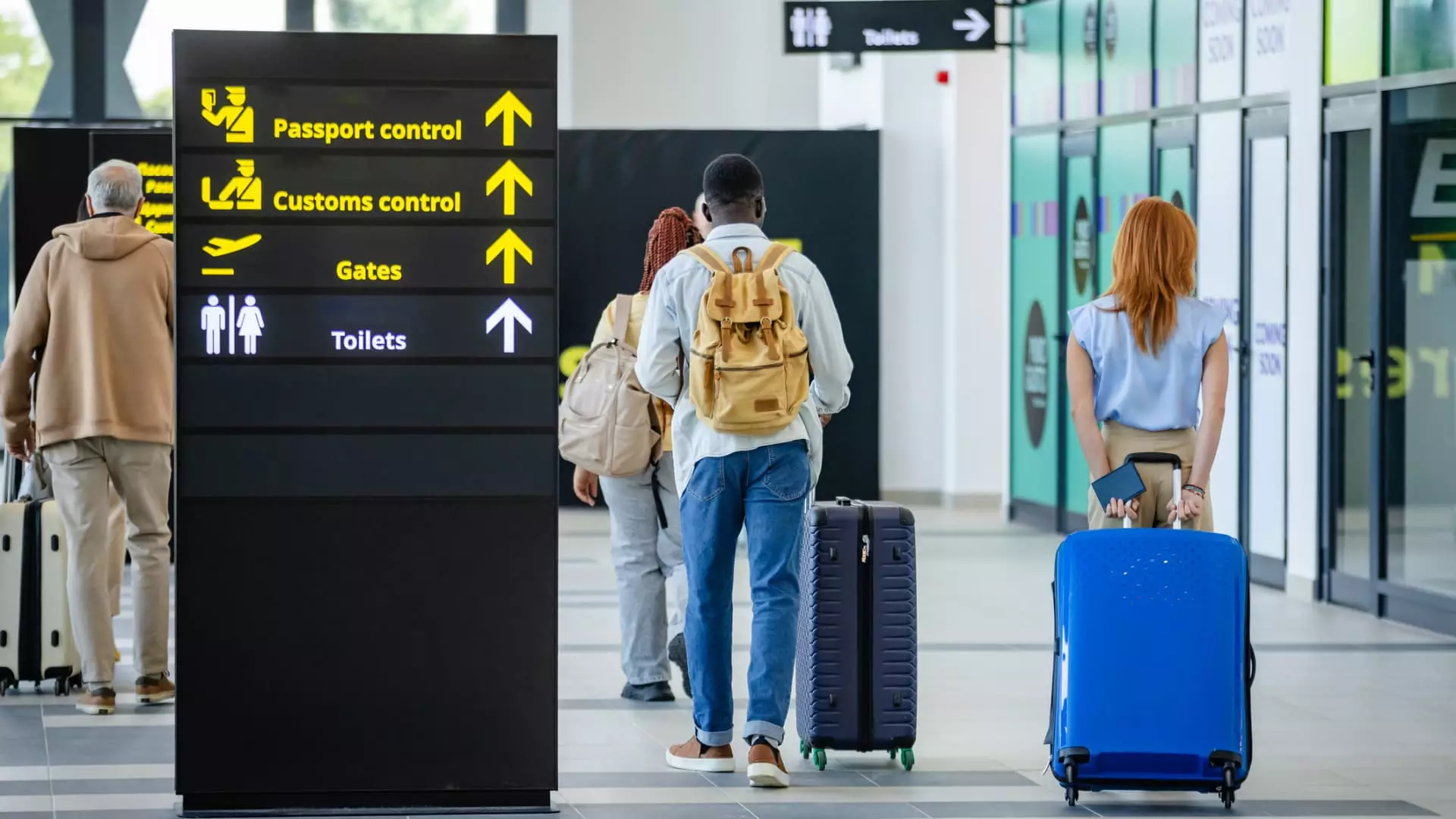As international tourism continues to dwindle, the United States faces a significant financial downturn. According to a recent analysis by Oxford Economics, spending from foreign visitors is anticipated to plummet by $8.5 billion this year alone. This decline, reflective of a broader downward trend in international arrivals, is a concerning indicator for businesses dependent on the inflow of foreign dollars. The projection suggests a roughly 5% decrease compared to last year, highlighting the challenges confronting one of the world’s leading tourist destinations. The question arises: what has precipitated this shift in traveler behavior?
The implications of reduced foreign spending reverberate through various sectors of the economy. Businesses that cater to tourists—restaurants, hotels, retail shops, and entertainment venues—now face increasingly challenging conditions. As estimated by the World Travel & Tourism Council, the consequences could worsen, with a potential loss of $12.5 billion by 2025—a staggering figure that underscores not only the financial ramifications but also the impact on communities reliant on tourism for jobs and growth.
Perception Matters: The Influence of Policy on Travel Decisions
A pivotal factor influencing this decline is the sentiment surrounding U.S. immigration and trade policies. According to Aran Ryan, director of industry studies at Tourism Economics, the atmosphere created by the Trump administration’s policy decisions has engendered “sentiment-headwinds” that discourage international travelers. The statistics support this assertion, with a reported 11% year-over-year decline in flight bookings from abroad during the critical summer months. Would-be travelers are choosing alternative destinations, influenced by perceptions of safety, accessibility, and hospitality in the U.S.
The effects of strong trade policies further complicate matters. Travel to the United States from certain regions is lagging significantly; for instance, air travel from Canada is down by a staggering 33%. Consequently, potential visitors weighing their options are interpreting the U.S. as a less welcoming environment, which cannot be overlooked. The realities of political rhetoric, tariffs, and stringent enforcement of immigration laws ripple through potential tourists’ decision-making processes.
Currency Strength and Perception of Value
Another disheartening element affecting foreign tourism is the strength of the U.S. dollar. Even though it has softened slightly in recent months, the dollar remains strong compared to other currencies, making travel to the U.S. expensive for those earning in weaker currencies. For many potential visitors, this imbalance translates to a perceived lack of value for their expenditure, causing them to seek more affordable destinations.
The psychological barriers created by these financial and political realities manifest in tangible ways, reshaping the landscape of global travel. A sustained downturn in international visitors not only jeopardizes local economies but also challenges the very perception of America as an accessible and inviting destination.
Fear and Uncertainty: A Barrier to Travel
Concerns about immigration policies and enforcement practices have emerged as significant deterrents to potential travelers. As noted by Geoff Freeman, president and CEO of the U.S. Travel Association, fears of being subjected to unnecessary scrutiny or even deportation create a palpable atmosphere of apprehension among international tourists. This sentiment adds another layer of complexity to the decision-making process, where the perception of risk overrides the desire to experience what America has to offer.
Furthermore, ongoing concerns regarding the global economy may exacerbate these fears. The tightening of borders and frictions caused by trade disagreements are interlinked, presenting an uncertain outlook for travelers. The landscape of international travel is not merely about flights and itineraries; it embodies confidence in a destination’s welcome, security, and openness to tourists.
The Challenge Ahead: A Call for Action
With projections suggesting a potential loss of $21 billion in travel-related revenue by 2025, it is imperative for stakeholders across the tourism sector to address these issues head-on. Strategies must be devised to restore the global reputation of the U.S. as a tourist-friendly and economically viable destination. Collaborative efforts between government policy, advertising campaigns, and community engagement can foster an inviting atmosphere for potential travelers.
The road to revitalizing American tourism is fraught with challenges but remains attainable with proactive measures. A rise in the volume of international visitors not only fuels local economies but also plays a vital role in reaffirming the U.S. as a pivotal hub in the global travel ecosystem. It’s critical that decision-makers recognize the importance of these investments in shaping perceptions and experiences of international visitors in the years to come.


Leave a Reply